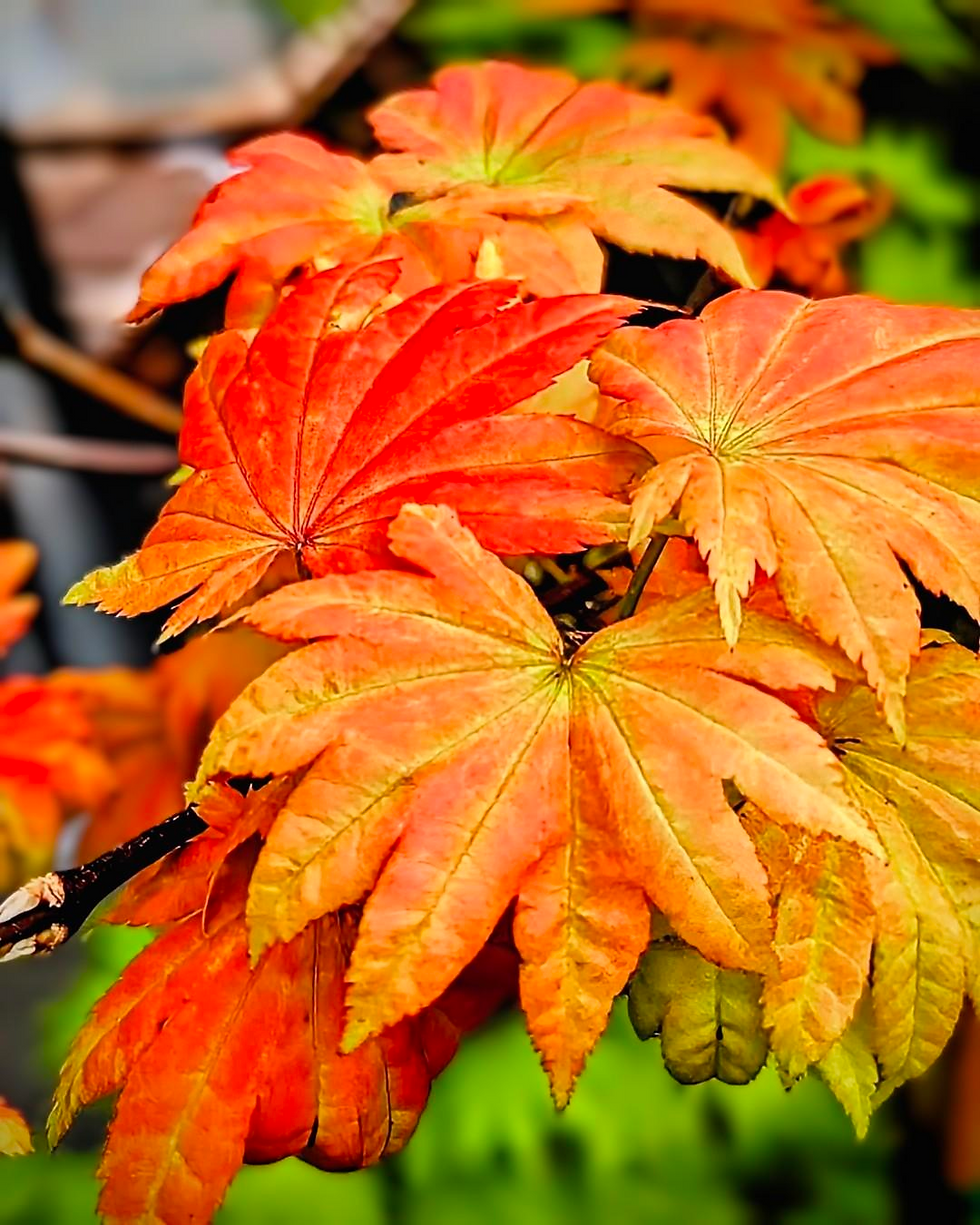FERN-Tastic Care: Tips for Thriving Greens
- Adriana Marsh
- Jun 14
- 3 min read
Updated: Jun 18
Welcome to the enchanting world of ferns! These lush, green plants have been a staple of gardens and homes for centuries. With their delicate fronds and exotic charm, it's no wonder why many plant enthusiasts adore them. But, to keep your ferns thriving, you need to understand their unique needs. Let's dive into the world of fern care!

Light - Sun Requirements
Ferns generally prefer bright, indirect light. According to the Royal Horticultural Society, 'most ferns prefer a shaded or partially shaded position.' (1) Direct sunlight can scorch their delicate fronds, so it's best to place them near an east- or west-facing window or under a skylight.
Watering
Watering is crucial for ferns. They love moist soil, but make sure not to over water! Allow the top inch of soil to dry out between waterings. This will prevent root rot and keep your fern happy.(2)
Fertilization
Now, about fertilization. Ferns don't like over-fertilization! In fact, according to the University of Illinois Extension, 'ferns are sensitive to over-fertilization, which can cause leaf burn and damage.' (3) So, feed your ferns sparingly during the growing season (spring and summer) with an organic fertilizer. Consider using fish emulsion (2-3-0 NPK) or compost tea, which provide gentle nourishment without the risk of synthetic chemicals.

Humidity
Ferns thrive in humid environments, typically between 40-60% relative humidity. "To increase humidity in outdoor microclimates, you can utilize water features, strategically place plants, and manage wind exposure. Water features like ponds, fountains, or even a simple birdbath can increase local humidity through evaporation. Clustering plants, especially moisture-loving ones, together can also help create a more humid environment. Additionally, windbreaks such as hedges or fences can reduce wind exposure and prevent moisture loss."***
Temperature
Most ferns prefer daytime temperatures between 65-75°F (18-24°C) and nighttime temperatures around 55-65°F (13-18°C). According to the National Gardening Association, some species of ferns can tolerate temperatures as low as 40°F (4°C) and are winter hardy in many colder zones, but most prefer warmer temperatures.
Zone and Microclimate Considerations
Keep in mind that ferns may have different needs depending on your location and microclimate. For example, ferns in warmer zones (USDA 9-11) may require more frequent watering, while those in cooler zones (USDA 3-5) may need less. Similarly, ferns in humid microclimates may require less misting than those in dry areas. Be sure to research specific needs for your zone and microclimate to ensure optimal care.
Pest control
Keep an eye out for pests like spider mites, mealybugs, and scale. Inspect your ferns regularly, and treat any infestations promptly. Regular monitoring is key to preventing pest problems.
Repotting (if your Fern is in a pot)
Ferns typically need to be repotted every 1-2 years, as their roots can become root bound. Choose a well-draining potting mix and a pot that's only slightly larger (2-4 inches) than the previous one.

ROOT GENIE Bonus Tip:
Want to learn how to fertilize plants around your ferns efficiently? Check out our video on using the Root Genie watering and fertilizing system! In this video, we show you how to nourish your plants while avoiding over-fertilization. Watch now and take your fern care to the next level!
Conclusion
With these tips, you'll be well on your way to becoming a fern expert! Remember, ferns are low-maintenance, but they do require some TLC. Happy growing!
Sources:
1. Royal Horticultural Society. (n.d.). Ferns.
3. University of Illinois Extension. (n.d.). Ferns in the Home Garden.
4. National Gardening Association. (n.d.). Fern Gardening Tips.
5. Ferns for American Gardens
By John Mickel
6. Fern Grower’s Manual" by Barbara Joe Hoshizaki
***
Additional resources to understand how to create and manage microclimates - increase humidity for tropical plants:
About the Author:
This article was written by Adriana for the Root Genie website. As a passionate gardener and advocate for sustainable gardening practices, Adriana shares her expertise to help you care for your plants.
Adriana Patricia Marsh
Social Communicator for Development & Environmental Journalist
Certified Plant Professional, Soil Advocate, Permaculture Gardening Certified



Comments